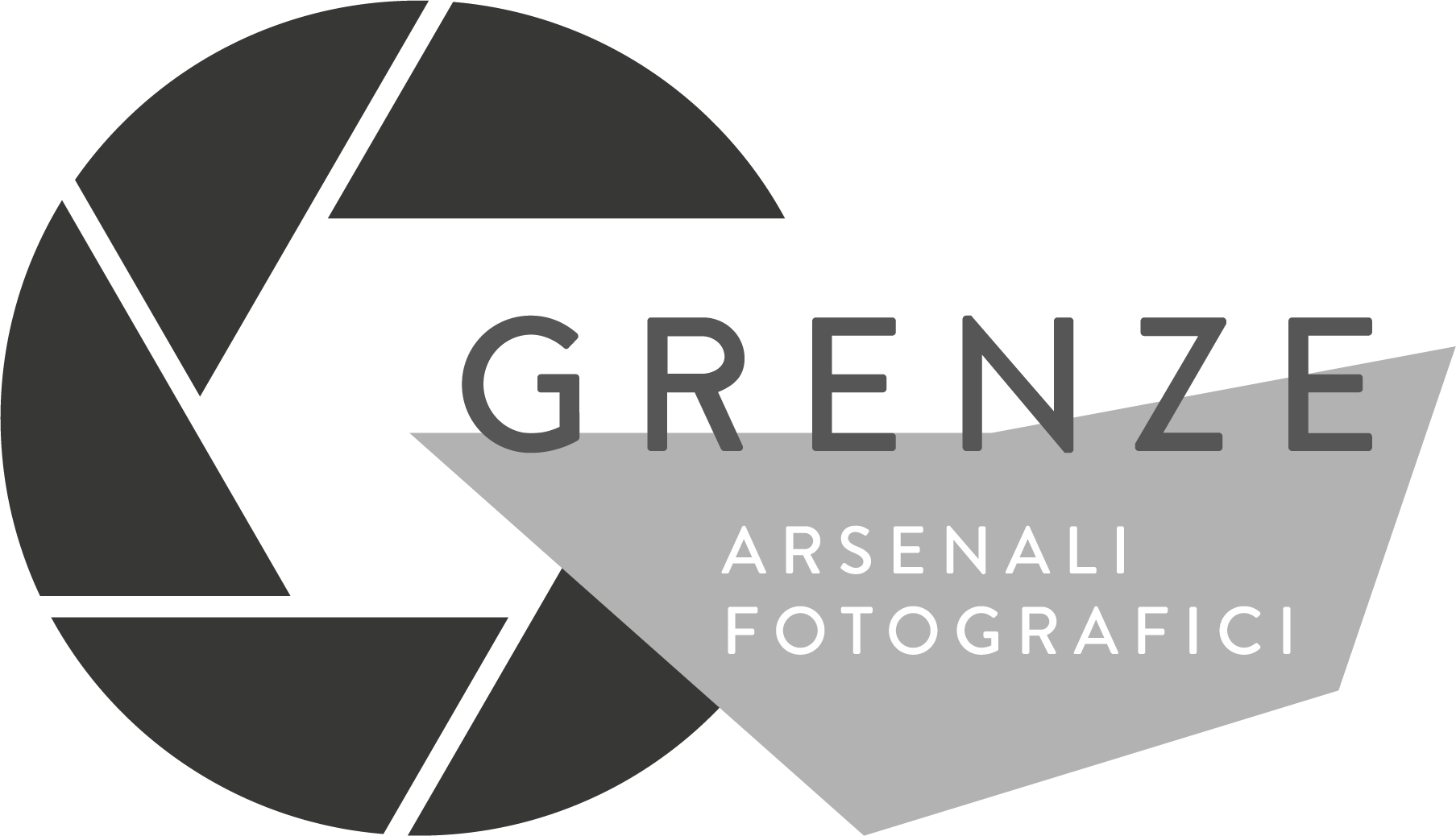FESTIVAL Anfällig 2025
To start taking photos at home and truly immerse yourself in the practice, you need to feel alone. It is only at such moments that you are able to look at the light coming through your kitchen window and be absorbed by the spectacle to the point where you pick up a camera and try to capture that moment and its light. At first, it was a crystal glass and a flower. A few months ago, I fell in love with a painting by Isabel Quintanilla during a group exhibition of the Madrid Realists. It depicted a glass tumbler and a flower. The painting radiated so much emotion. Still lifes are a pagan form of altar that venerates and worships objects. The offerings are placed on the countertop and they themselves begin to suggest colours and shapes with which they are in tune. This is Pop: elevating the everyday elements with which we live and which have a practical function to the category of an artistic model. The classical still life already elevates to artistic status something as everyday as the food we are going to eat and drink. Even nude odalisques, in this sense, are also still lifes. As for what to call it, I prefer the English expression still life, that is to say, stopped life, instead of naturaleza muerta (dead nature), as we say in Spanish. Objects are always alive, as is light, in the sense that they are susceptible to the passage of time. These photos are not post-produced. What interests me is the fleeting excitement, staying alert, and capturing the emotion of the moment. I hope that this emotion remains in the framed photo, but it is really enough for me that these photos are decorative, that they accompany their owners, that they live with them and bear witness to their lives.
Pedro Almodóvar
The last extreme pleasure, that of the end, culinary hedonism at the edges and on the edge of life. Vida detenida, impossible to translate into Italian, is a suspended life, a frozen life, a life hanging on the threshold of courtship that shatters all false aesthetic-consolatory illusions. Beauty and fragile temporal contingency, classicity compromised with time and the day-to-day. Still Life moves away from seventeenth-century didactic moral categories, from Northern European academic categories, from the exercise of collectivist style, ultimately becoming melancholic maceration and a poignant exposure to decadence. In the end of a withered flower, of a repeated object out of Morandi’s aseptic memories, the elegy flees. Gone too is the poetry of desire, the rhetoric of stoic acceptance: because the trivial is not trivial, the simple is not simple, the familiar is unsettling. We will find strength in what remains and what remains in these ‘still lifes’ is what measures our insatiable desire for beauty.
Simone Azzoni from the catalog
Per iniziare a fotografare a casa e farsi catturare dalla pratica, è necessario sentirsi soli. È solo in questi momenti che si riesce a guardare la luce che entra dalla finestra della cucina e ad essere assorbiti dallo spettacolo al punto da prendere in mano una macchina fotografica e cercare di carpire quel momento e la sua luce. All’inizio si trattava di un bicchiere di cristallo e di un fiore. Qualche mese prima mi ero innamorato di un quadro di Isabel Quintanilla, in occasione di una mostra collettiva del gruppo dei realisti di Madrid, che raffigurava un bicchiere di cristallo e un fiore. Il quadro irradiava così tanta emozione. Le nature morte sono una forma pagana di altare che riverisce e venera gli oggetti. Le libagioni vengono poste sul piano di lavoro ed esse stesse iniziano a suggerire colori e forme con cui sono in sintonia. Questo è il pop: elevare gli elementi quotidiani con cui viviamo e che hanno una funzione pratica alla categoria di modello artistico. La natura morta classica eleva già a modello artistico qualcosa di quotidiano come il cibo che mangeremo e berremo. Anche le odalische nude, in questo senso, sono nature morte. Per quanto riguarda il nome, preferisco l’espressione inglese still life, cioè vita ferma, invece di naturaleza muerta (natura morta), come si dice in spagnolo. Gli oggetti sono sempre vivi, così come la luce, nel senso che sono suscettibili al passare del tempo. Queste foto non sono post-prodotte. Ciò che mi interessa è l’estasi del momento, essere vigile e catturare l’emozione dell’istante. Spero che questa emozione permanga nella foto incorniciata, ma per me è davvero sufficiente che queste foto siano decorative, che accompagnino i loro proprietari, che vivano con loro e testimonino la loro vita.
Pedro Almodóvar
L’ultimo estremo piacere, quello della fine, culinario edonismo ai bordi e sul bordo della vita. Vida detenida, intraducibile in italiano, è vita sospesa, vita congelata, vita appesa sulla soglia del corteggiamento che spiazza ogni falsa illusione estetico-consolatoria. Bellezza e fragile contingenza temporale, classicità compromessa con il tempo e il quotidiano. Lo still life esce dalle categorie morali didascaliche seicentesche, da quelle accademiche nord-europee, dall’esercizio di stile collezionistico, per farsi macerazione malinconica e struggente esposizione alla decadenza. Nella fine di un fiore appassito, di un oggetto ripetuto e uscito dalle asettiche memorie morandiane, si fugge l’elegia. Svanisce anche la poesia del desiderio, la retorica della stoica accettazione: perché il banale non è banale, il semplice non è semplice, il familiare è perturbante. Troveremo forze in ciò che resta e ciò che resta in queste ‘nature morte’ è ciò che misura il nostro desiderio insaziabile di bellezza.
Simone Azzoni dal catalogo della mostra


